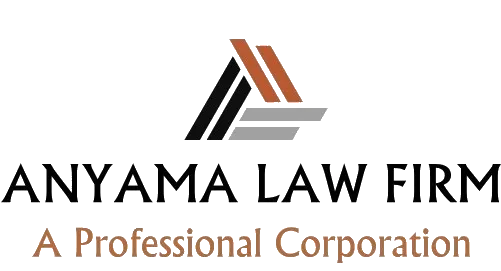Who Qualifies for Subchapter V Bankruptcy in California?
Who Qualifies for Subchapter V Bankruptcy in California?
Subchapter V bankruptcy is a streamlined form of Chapter 11 bankruptcy designed to help small businesses and individuals with manageable levels of debt reorganize and stay operational. Introduced by the Small Business Reorganization Act of 2019, Subchapter V simplifies the bankruptcy process and reduces costs, making it an attractive option for many debtors.
At Anyama Law Firm, we provide legal assistance to the California public, helping individuals and businesses explore bankruptcy options, including Subchapter V, to regain financial stability.
What Is Subchapter V Bankruptcy?
Subchapter V is a special section within Chapter 11 bankruptcy that allows small businesses or individuals with qualifying debt levels to restructure their financial obligations while keeping control of their operations. Unlike traditional Chapter 11 cases, Subchapter V offers a faster, less expensive process with fewer administrative burdens.
Eligibility Requirements for Subchapter V Bankruptcy
To qualify for Subchapter V bankruptcy in California, you must meet the following criteria:
1. Nature of Debt
- At least 50% of your debts must have arisen from business-related activities. Subchapter V is intended primarily for small business owners, but individuals with significant business debts may also qualify.
2. Debt Limits
- The debtor’s total debt, including both secured and unsecured obligations, must not exceed $7,500,000 (as of 2024). This debt limit is adjusted periodically for inflation.
3. Business Ownership or Operations
- Subchapter V is available to small business owners, partnerships, corporations, and individuals engaged in commercial or business activities. Sole proprietors and independent contractors can also qualify if their debts meet the criteria.
4. No Active Publicly Traded Company
- Publicly traded companies are excluded from Subchapter V eligibility. The business must be privately owned.
Key Benefits of Subchapter V Bankruptcy
Subchapter V offers several advantages compared to traditional Chapter 11 bankruptcy:
- Simplified Process
- The process is more straightforward, with fewer procedural requirements.
- No creditors' committee is required, reducing complexity and administrative costs.
- Faster Timeline
- Subchapter V cases are typically resolved in a matter of months, unlike traditional Chapter 11 cases, which can take years.
- Retention of Ownership
- Business owners can retain control of their operations and avoid the risk of losing their company to creditors.
- Affordable Repayment Plans
- The repayment plan is based on your disposable income and spans three to five years, making it manageable for small businesses.
- No Absolute Priority Rule
- Unlike in traditional Chapter 11 cases, equity holders can retain their ownership even if unsecured creditors are not fully paid, provided the repayment plan is fair and feasible.
Why Legal Guidance Matters
While Subchapter V bankruptcy offers a streamlined path to financial relief, the process still involves legal complexities, including filing requirements, negotiations with creditors, and developing a workable repayment plan.
At Anyama Law Firm, we:
- Evaluate your eligibility for Subchapter V.
- Guide you through filing the required paperwork.
- Work with creditors to ensure your repayment plan is approved.
- Advocate for your interests to achieve the best possible outcome for your case.
Contact Anyama Law Firm for Assistance
If you are a small business owner or an individual in California considering Subchapter V bankruptcy, you don’t have to navigate the process alone. At Anyama Law Firm, we provide the legal assistance you need to regain control of your finances and focus on your future.
Contact us today for a consultation and take the first step toward financial stability.










